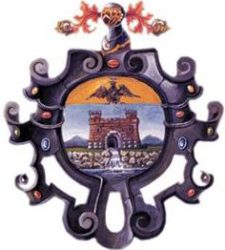
On my mother’s side of the family there was not any aristocracy that I am aware of, but many noble minded Christian men and women. Repeated generations of my maternal ancestors from the 1500s onward were God fearing born again believers that openly worshiped the God of the Old and New Testament.
They laid down their lives for their Lord and Savior and fought their spiritual battles believing that righteousness always wins in the end, but they understood that those who are determined to live righteously will inevitably be opposed, disparaged and persecuted just as several of my ancestors were honored to personally experience.
Among them were Puritan farmers, small town New England preachers, a Civil War medical doctor, an Attorney General and the man who worked on finishing the first translation into English of the Bible five hundred years ago.
John Rogers died burned at the stake on February 4, 1555 for being critical of the Roman Catholic doctrines and practices of his time. Rogers would not recant on what he had unashamedly preached. Even after being offered a pardon he still refused to take back any of his public comments. His reply was: “That which I have preached I will seal with my blood”.
Rogers’ entire family with ten children was made to watch his public execution. Noailles, the French ambassador to England of that time, happened to be there observing the execution and said it appeared more like a procession leading to a wedding. Roger’s family and fellow Christians rejoiced because they believed the unrighteous judgment and execution would bring glory to the Lord and His name.

